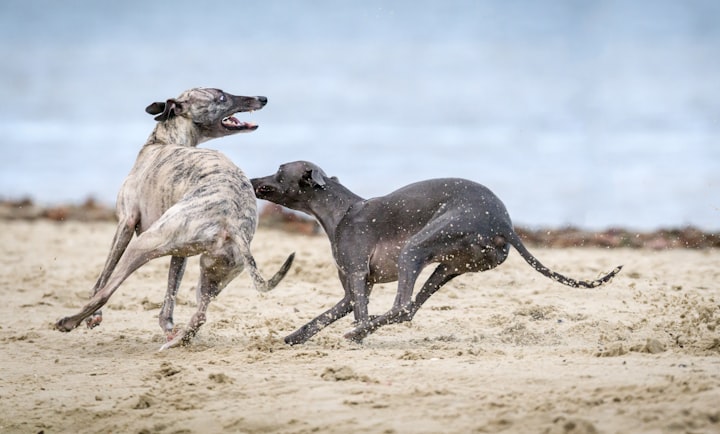The Pack
The Most Unique, Unknown Facts About Wolves

Wolves are amazing creatures and one of my favorite beasts. As everyone knows, dogs take traits from the wolves and are linked as a relative. Dogs are now domestic and some wolves are born into family environments and sold as pets, but there are still wolves who stroll and hunts in packs. Wolves have been allocated with the symbol of spirit, loyalty, and protector, but many people see that wolves are misunderstood creatures. Cultures such as the Amerindian culture see wolves as teachers and pathfinders, and in Japan, the word "wolf" is defined as a "great god." Today, wolves are in a vulnerable state of existence, just like they always have been. They are the most hunted animal in the past and nearly became extinct in the early beginnings of the twentieth century, although, in some parts of the world, the wolf was under protection. In 1934, Germany was the first nation to see the need to protect them. In the 1600s, Ireland was referred to as the wolf land, which is when the huntings increased. Vikings wore their wolf skins and consumed wolf blood as well, as they believed it allowed them to carry a wolf's spirit in time of war.
We all know wolves stays in packs. These packs are either three or four wolves, but it is known that wolves do obtain packs with up to twenty other members. Each pack has alphas, which are often a couple. This pair is often the only pair to mate in the pack and, while they are the only pair to mate, the pack works together to raise the pups. The males in the groups can often struggle with them, and sometimes they experience physiological castration, which is the result of stress and inhibition. Females below the alpha female become afraid of her. Sometimes as a result of this, they don't even go into "heat." When a male wolf has found a female wolf, they will stay together for life, which is then referred to as their "mate." Sometimes wolves do get split up from their pack, while some wolves decide to leave the pack. This is where the term "Lone Wolf" comes from. They often try and avoid other packs, and the amount of times they howl reduces. They often howl when they feel lonely or if the wolf is trying to find his own pack.
Females will often venture underground to give birth to their young. This is were she'll feed them, too. The female can birth up to six pups at a time. Often their venture underground is a protection for the young because, as a pup, they cannot see nor hear. The pups are all born with blue eyes until they are around eight months. At this time, their eye colour turns to yellow.
Unlike dogs, wolves wouldn't make good guard dogs because it has been noticed that wolves are afraid of unfamiliar situations and often hide away from visitors. Thinking about this, though, wolves will communicate with humans by responding back if a human howls. Wolves often communicate with their facial expressions.
There are different wolf types throughout the world and it is said that the red wolf is a cross breed of the grey wolf and the coyote. Wolves have the ability to travel an amazing two hundred kilometers in a period of twenty four hours, and their adaptions of their small webs, which are found between their toes, helps them to swim. Wolves travel and run a lot through the day, which means they need to be careful of their foot pads, otherwise they could make their paws sore. To ensure this doesn't happen, they run on their tip toes. Not only does it help with their paws, it is easier for them to stop and turn quicker. Their howl can be heard up to ten kilometers and the wolf has a light-reflecting layer situated on their eye, which is referred to as the Tapetum Lucidum. This encourages the eyes of the wolf to glow in the dark. This enables them to have night vision. They have forty-two teeth, which enable the wolf to stab, shear, and crush bones. Their jaws open wider than an average dog's jaw. It's also noticed as well that wolves are followed by a small group of ravens, which indicates to the leader that prey is close. Often ravens follow to pick up the wolves' leftovers.
The two most incredible things about wolves are the following, though:
When a wolf is being attacked, the female will always hide under the male. This suggests and looks as if she's scared, although she is protecting the male wolf by covering their throat, which stops the opponent biting his throat. The wolves also show a deep affection for their packs, even if it involves sacrificing themselves for the group.
I think we could learn a lot from wolves, and because they can't speak for themselves, I say let's protect them. They show us never to give up, be kind to your pack, and that sometimes risking it all for the people you love is the best thing you can do.





Comments
There are no comments for this story
Be the first to respond and start the conversation.